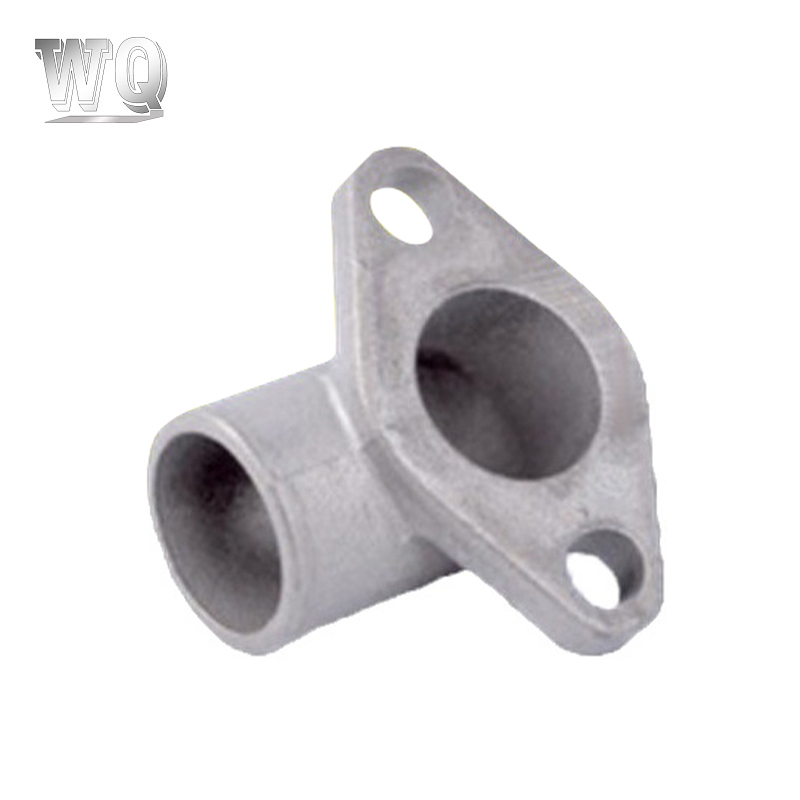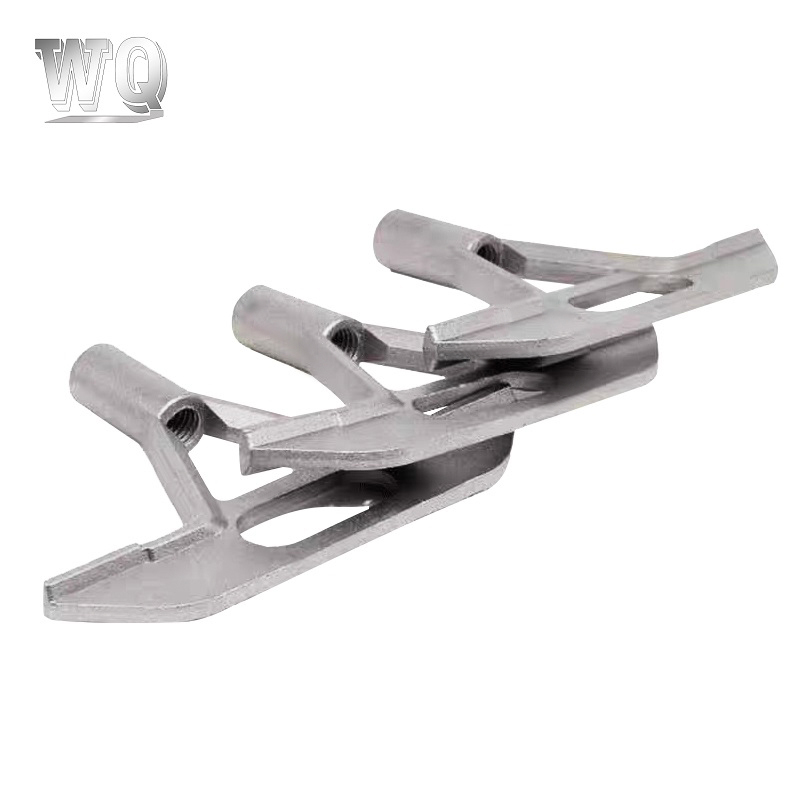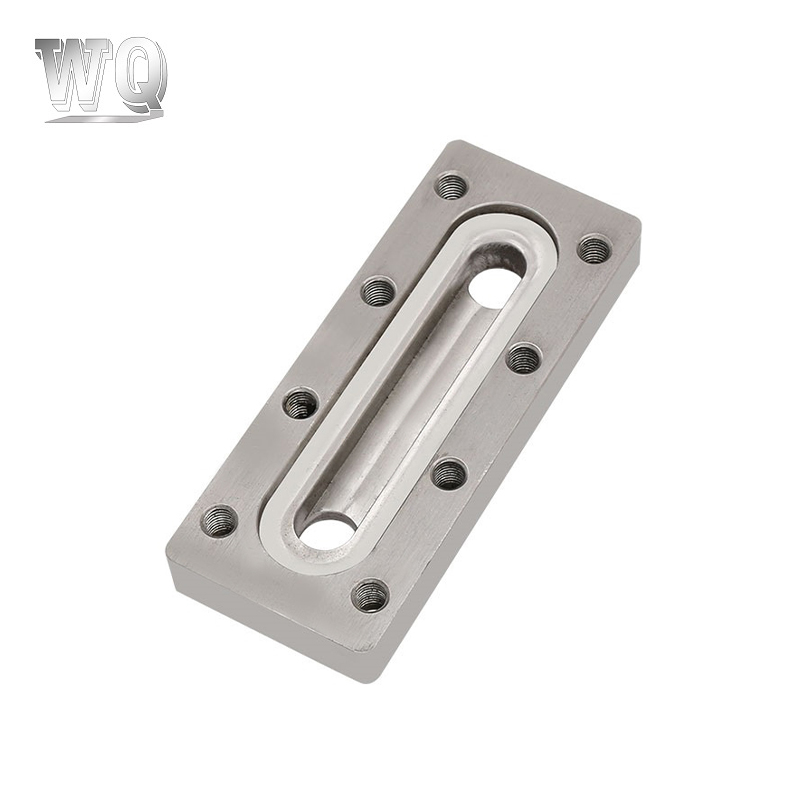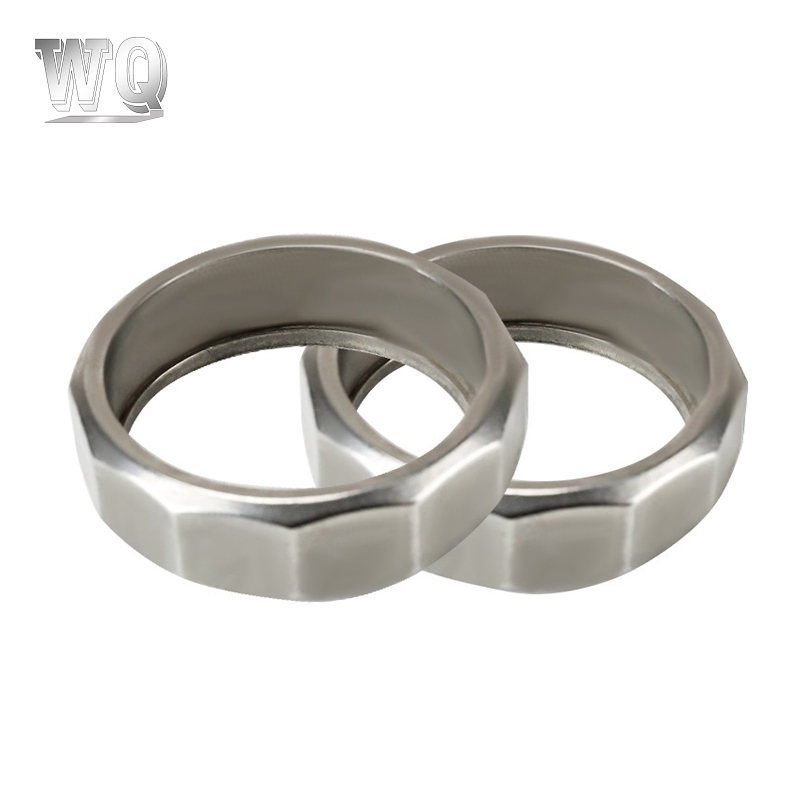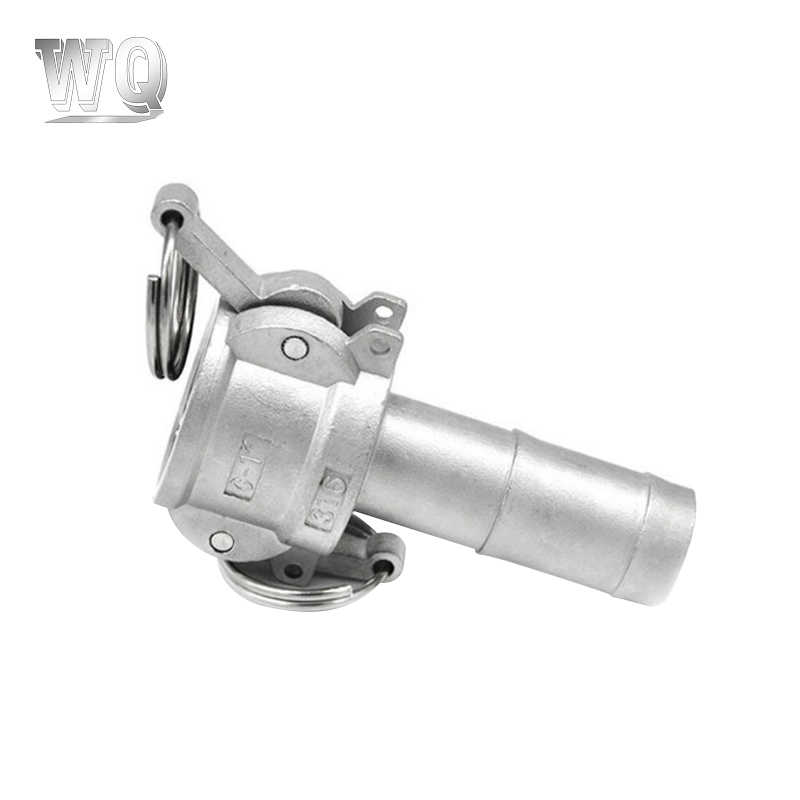When casting auto parts, a series of precise technical means are used to ensure the accuracy and quality stability of parts. The following are some key casting processes and methods that ensure the high accuracy and quality of cast parts:
1. Optimizing mold design
Mold accuracy: The accuracy of casting depends largely on the design and manufacture of the mold. By using high-precision CNC machine tools, laser cutting and other precision processing equipment, the size and shape of the mold can be ensured to be accurate.
Mold material selection: The material of the mold needs to be resistant to high temperature, wear and good thermal stability. Commonly used materials include steel, cast iron, etc. These materials can effectively prevent deformation during high-temperature casting, thereby ensuring the accuracy of the casting.
Mold channel design: Appropriate casting channel design (such as gates, risers, vents, etc.) can ensure uniform flow of the casting and avoid casting defects such as pores and cold shuts.
2. Temperature control and cooling rate
Casting temperature: Accurately controlling the casting temperature is the key to ensuring the accuracy of the casting. During the casting process, the temperature of the molten metal needs to be kept within an appropriate range to ensure good metal fluidity and no structural defects before solidification.
Cooling rate control: The cooling rate of a casting has a significant impact on its dimensional accuracy and mechanical properties. Rapid cooling may cause defects such as internal stress and cracks in the casting, while too slow cooling may cause coarse grains in the casting, affecting strength and hardness. By accurately designing the cooling system (such as water cooling, air cooling, etc.), the cooling rate can be accurately controlled during the solidification process of the casting, thereby improving the quality stability of the casting.
3. Precision casting process
Precision sand casting: The use of high-precision sand casting technology can ensure the details and surface quality of the casting, especially for parts with complex shapes. Precision sand casting can reduce the dimensional deviation and surface defects of the casting by selecting fine sand particles, adjusting the sand mold ratio and optimizing the molding process.
Pressure casting: Injecting molten metal into the mold under high pressure can achieve very high precision and surface finish, especially suitable for casting small, high-precision automotive parts. Pressure casting can reduce the porosity of the casting, increase the density, and obtain better mechanical properties.
Gravity casting: Molten metal is poured into the mold by its own weight or external force, which is suitable for casting large-sized and complex-shaped parts. When using the gravity casting process, the metal flow is controlled by a reasonable design of the pouring system to reduce casting defects.
4. Cleaning and finishing
Surface finishing: The surface of the casting after casting is often not smooth, and there may be defects such as gates, risers, and sand particles. Remove surface defects through mechanical processing (such as grinding, sandblasting, and polishing), improve surface finish, and ensure that the parts meet the precision requirements.
Remove internal stress: Internal stress may be generated in the casting during the cooling process. Appropriate heat treatment (such as annealing, normalizing, etc.) removes internal stress to ensure the dimensional stability of the casting.
5. Accurate casting material and alloy design
Alloy composition control: Different automotive parts have different performance requirements. The selection of alloy composition directly affects the mechanical properties, corrosion resistance, and high temperature resistance of the casting. By accurately controlling the alloy composition (such as aluminum alloy, steel alloy, etc.), the strength, hardness, and wear resistance of the casting can be ensured to be stable.
Smelting control: During the casting process, the quality of the molten metal is crucial to the quality of the casting. Through temperature control, degassing, and impurity removal during the smelting process, the metal purity and structural stability of the casting can be ensured, and casting defects caused by impurities or gas inclusions can be avoided.
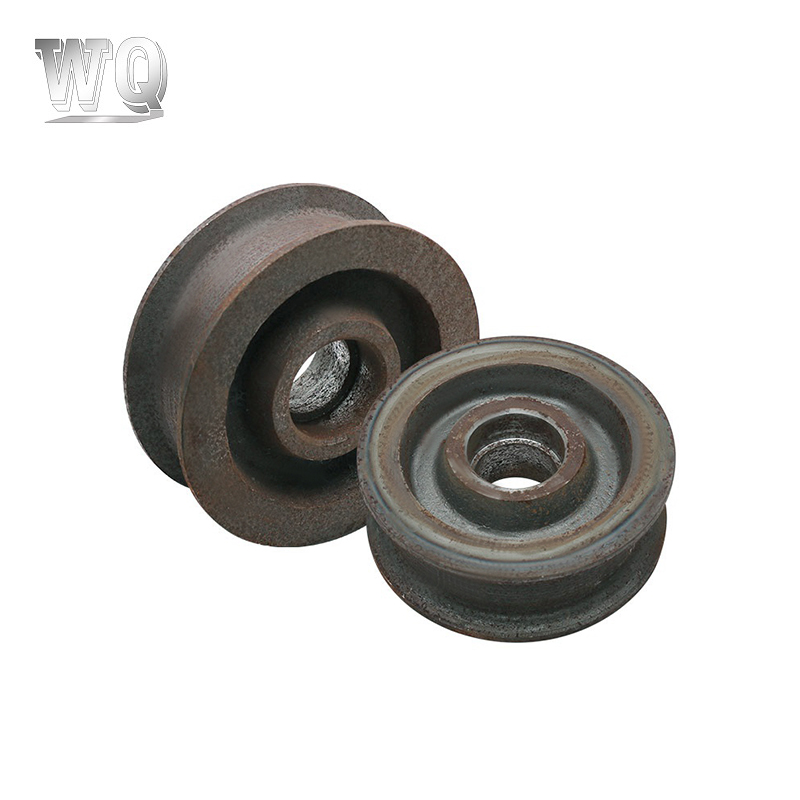
6. Digital and automated monitoring
Automated casting equipment: Modern foundries use automated production lines and CNC casting equipment to achieve more accurate and stable production. Automated equipment can not only reduce errors caused by human operation, but also ensure consistency in the production process and improve accuracy and efficiency in mass production.
Real-time detection and control: Monitor the temperature, pressure and other key parameters in the casting process through real-time monitoring systems (such as infrared temperature monitoring, laser measurement, online detection, etc.) to ensure that each link meets the standards. For each batch of castings, the real-time detection system can detect the size, surface quality and internal defects of the castings to ensure that the products meet quality standards.
7. Quality Control and Testing
Casting Inspection: During the casting process, castings must undergo a series of rigorous quality inspections, such as X-ray flaw detection, ultrasonic flaw detection, hardness testing, tensile testing, etc., to ensure that there are no internal defects or structural weaknesses. Through these inspections, potential casting defects can be discovered and corrected in a timely manner.
Dimensional Accuracy Control: Use a high-precision three-coordinate measuring machine (CMM) to measure and confirm the dimensions of the castings to ensure that each component meets the dimensional requirements of the design drawings and avoid poor fit or assembly difficulties caused by dimensional errors.
8. Post-processing and heat treatment
Heat treatment: After casting, the castings need to be heat treated (such as annealing, quenching, etc.) to improve their mechanical properties, especially hardness, strength and fatigue resistance. During heat treatment, factors such as temperature, heating rate, and holding time must be strictly controlled to prevent internal stress or deformation.
Surface treatment: The surface of the casting often needs to be treated, such as galvanizing, spraying, oxidation, etc., to improve its corrosion resistance and wear resistance. Surface treatment can also improve the appearance of the casting and increase the durability of the parts.
The precision and quality stability of the casting process are mainly achieved by optimizing mold design, accurately controlling the temperature and cooling rate of the casting process, selecting appropriate materials, using precision casting methods, automated production and strict quality control. These measures together ensure the dimensional accuracy, mechanical properties and long-term reliability of cast automotive parts.





